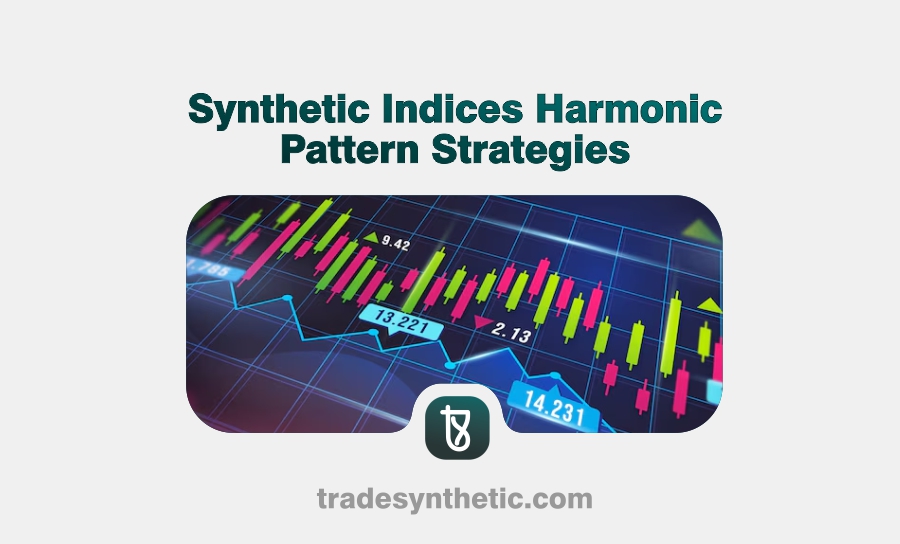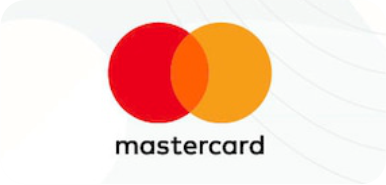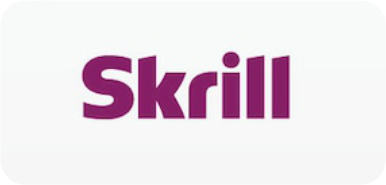Synthetic indices harmonic pattern strategies are a powerful method used in identifying accurate and high-probability trade setups in synthetic indices. unique geometric price formations help traders predict potential reversals and pinpoint entry and exit points with remarkable precision.
In this article, we will be taking a look at synthetic indices harmonic pattern strategies in details, the most effective patterns, and how to integrate them with other tools for consistent results. We will also address a few common questions and provide actionable tips to enhance your trading performance.
What Are Harmonic Patterns in Synthetic Indices?
Harmonic patterns are geometric price structures based on Fibonacci ratios that predict potential market reversals. These patterns occur in all types of markets, including synthetic indices. Unlike random price formations, harmonic patterns adhere to specific Fibonacci retracement and extension levels, which makes them highly reliable for traders. These patterns help traders identify reversals and structure their trades with a predefined risk-to-reward ratio.
Synthetic indices, like Volatility 75 Index (VIX 75), Crash and Boom indices, and Range Break indices, mimic real-market conditions but are generated through algorithms. This makes them resistant to external factors like economic news, allowing traders to depend heavily on technical analysis.
Importance of Harmonic Patterns in Synthetic Indices
Harmonic patterns are powerful tools because they provide the following benefits:
a. Precision in Trading
Harmonic patterns rely on specific Fibonacci levels, ensuring that traders can predict potential price movements with high accuracy.
b. Clear Entry and Exit Points
Harmonic patterns identify zones where price is likely to reverse. This makes it easier to place entries, stop-losses, and profit targets.
c. Compatibility with Synthetic Indices
Since synthetic indices are not affected by external factors, harmonic patterns work effectively in predicting price movements based on historical price data.
d. Improved Risk Management
Harmonic patterns allow traders to manage risk effectively by identifying key reversal points and setting stop-loss orders accordingly.
For synthetic index traders, incorporating harmonic patterns can enhance consistency and reduce emotional trading.
Popular Harmonic Patterns for Synthetic Indices
- Gartley Pattern
The Gartley pattern is a bullish or bearish reversal pattern that appears when a price correction reaches a specific Fibonacci retracement level (typically 61.8%). It consists of four price swings (X-A, A-B, B-C, C-D) and signals potential trend reversals with precise entry and stop levels.
- Bat Pattern
The Bat pattern is a reversal pattern with a deeper retracement in its B point (typically 38.2%-50% of the XA leg). It offers high accuracy and reward-to-risk ratios, with its D point often aligning with the 88.6% Fibonacci retracement of the XA leg.
- Butterfly Pattern
The Butterfly pattern is a continuation or reversal pattern, characterized by an extreme retracement of the XA leg (up to 127.2%-161.8%). It signals a potential price reversal at the D point, providing opportunities to enter trades near exhaustion points.
- Crab Pattern
The Crab pattern is an extension pattern with a D point that stretches beyond the XA leg, often reaching 161.8% of the XA leg. This pattern is highly accurate in predicting market reversals due to its deep extensions.
- Cypher Pattern
The Cypher pattern is a less common harmonic pattern with strict Fibonacci ratios, including a 38.2%-61.8% retracement for the B point and a 78.6% retracement for the C point. It signals potential reversals at the D point, typically at a 78.6% Fibonacci extension of the XC leg.
Step-by-Step Guide to Trading Harmonic Patterns in Synthetic Indices
Follow this simple step-by-step process to trade harmonic patterns effectively:
- Identify the Pattern
Use harmonic pattern indicators or manual tools like Fibonacci retracements and extensions to identify the structure of the pattern.
- Confirm Fibonacci Ratios
Ensure the pattern meets the correct Fibonacci levels for harmonic patterns like Gartley, Bat, or Butterfly.
- Wait for Price to Reach Point D
The D point is the completion point of the pattern and signals potential reversals. Do not enter trades prematurely.
- Place Stop-Loss Orders
Set stop-loss orders slightly beyond the structure’s X point to minimize risk in case the pattern fails.
- Take Profit at Fibonacci Levels
Set take-profit targets at key Fibonacci retracement levels like 38.2%, 50%, and 61.8% for safe exits.
Combining Harmonic Patterns with Other Indicators
To improve the accuracy of harmonic patterns, traders often combine them with other technical indicators:
a. Moving Averages
- Use moving averages (e.g., 50 EMA or 200 EMA) to confirm the trend direction alongside harmonic patterns.
b. Relative Strength Index (RSI)
- Check if RSI indicates overbought (above 70) or oversold (below 30) conditions near the D point.
c. Bollinger Bands
- Use Bollinger Bands to confirm price reversals near the upper or lower bands at the completion of harmonic patterns.
d. Support and Resistance
- Align harmonic patterns with key support and resistance levels for additional confluence.
By combining these tools, traders can filter out weak signals and improve the probability of successful trades.
Conclusion
Synthetic indices harmonic pattern strategies are a powerful way to predict price reversals with precision. From the article, we have carefully examined patterns like the Gartley, Bat, Butterfly, Crab, and Cypher offer traders clear entry, stop-loss, and take-profit points, making them ideal for synthetic index trading. I believe that when you combine these harmonic patterns with tools like moving averages, RSI, and Bollinger Bands, traders can achieve higher accuracy and better risk management.
Start by identifying patterns on demo accounts, testing strategies, and refining your approach over time. Ensure you maintain discipline and consistency in the process.
Frequently Asked Questions (FAQs)
Are harmonic patterns reliable in synthetic indices trading?
- Yes, harmonic patterns can be reliable in synthetic indices trading because the algorithm-based nature of synthetic indices ensures consistency in price movements, making them ideal for technical strategies like harmonic patterns.
What tools can I use to identify harmonic patterns in synthetic indices?
- Traders can use advanced charting platforms like MetaTrader, TradingView, or harmonic pattern scanners that automatically detect potential patterns and provide precise Fibonacci ratios for trading synthetic indices.
Which harmonic pattern works best for synthetic indices?
- There is no “best” harmonic pattern as their effectiveness depends on market conditions. However, patterns with higher reward-to-risk ratios, like the Bat and Butterfly patterns, are often favored for their precision in volatile synthetic indices.
Can harmonic patterns be combined with other strategies for synthetic indices?
- Yes, harmonic patterns are often used alongside other strategies like trend analysis, RSI, MACD, and support/resistance levels to confirm trade setups and improve accuracy in synthetic indices trading.
How do I manage risks while trading harmonic patterns in synthetic indices?
- Risk management involves setting stop-loss orders at invalidation points of the pattern, maintaining a favorable reward-to-risk ratio (e.g., 3:1), and using position sizing to limit exposure to individual trades.










